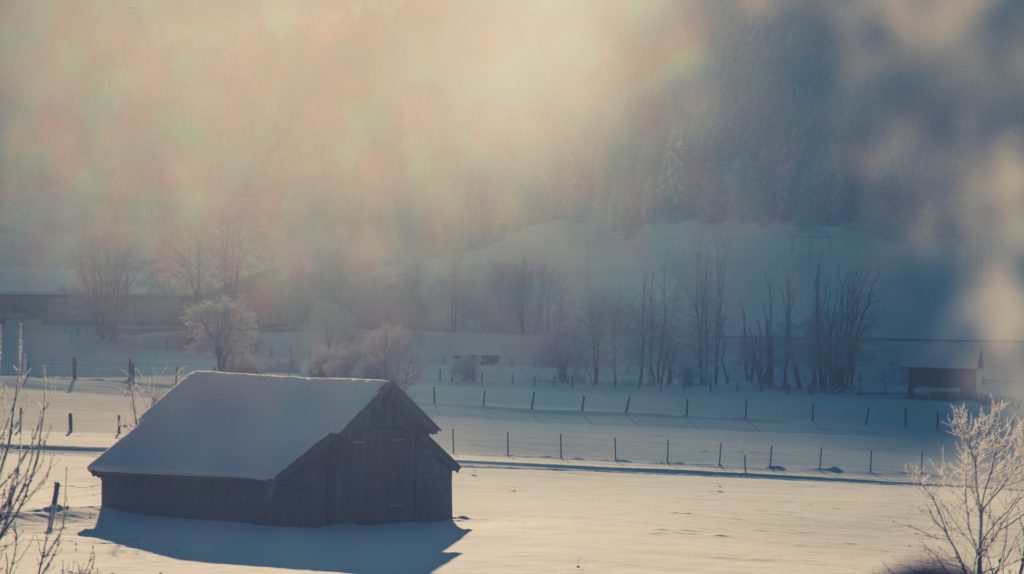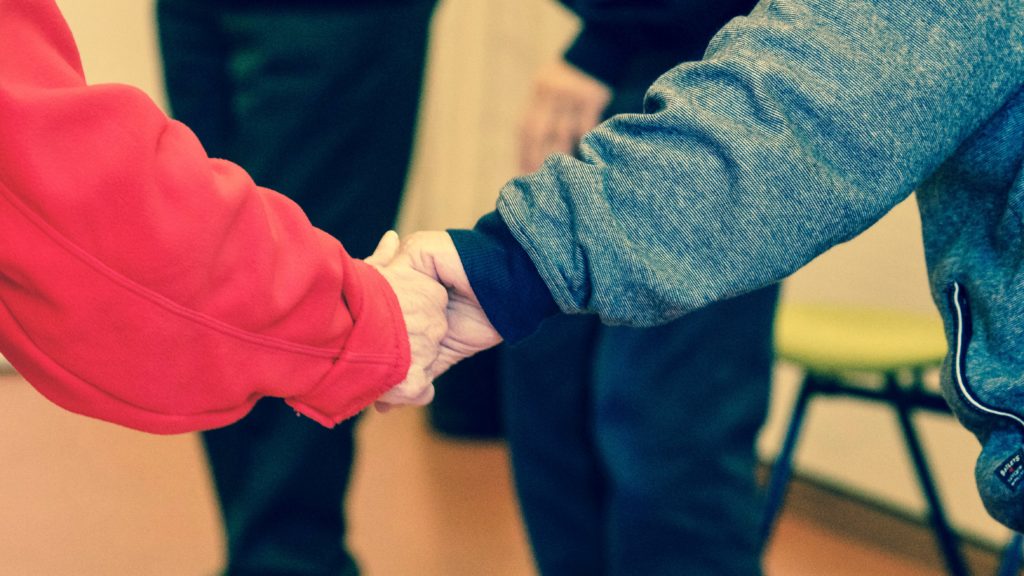Mason Crane-Bolton

The Loneliness Issue
Loneliness is not a new problem, but rather a changing one. Like all social issues, loneliness is a problem bound to be affected by the other changes in our environment. Historically, loneliness and social isolation have been a great concern in the older adult population due to several factors: friends may have passed away, our health may deteriorate and make socializing extremely difficult, adult children or older parents may have moved away from one another, and long-distance communication has been more difficult to maintain. But there are changes on the horizon.
Several changes that have already come and will keep coming over the next several decades are such to impact the problem of loneliness among older adults. Some changes will be positive while others may have a negative or mixed impact. A quick list of just some potential changes include:
- The Digital Age will decrease social isolation—beyond email and chats, we’ve already seen the positive impact of services like Skype, which allows users to freely video chat with friends and family across the globe. The prevalence of cell phone technology means more people will be reachable and able to reach loved ones.
- The “graying of America” means we’ll have a much larger older adult population—this could have a mixed impact. The shifting demographics could mean our population of older adults will be harder to ignore and there could be greater calls (both intentionally and unintentionally) for an older adult focused society. However, a disproportionate number of older to younger adults could mean more older adults who become homebound and require care (physically as well as socially) with fewer able persons to assist—this could result in increased isolation and loneliness for many.
- Continuing advances in medicine may not only increase our life span, but also our quality of life. We may find ourselves perfectly healthy and mobile well into older adulthood and more able to socialize with family and friends old and new.
- Heightened desire and calls for the ability to age in place may add challenges to the natural socialization found in more communal living arrangements and may require extra attention be placed on socialization of older adults.
Bringing the Community Together

loneliness | Photo via Pexels.com
Loneliness is ultimately a community health concern in every sense of its meaning. It is a health problem not only affecting individuals of the community but affecting the community at large. It is, however, also a public health problem with solutions in communities around the state. Community programs with a focus on alleviating loneliness can and should exist throughout our great state.
Many churches and local organizations do have community wellness outreach programs with at least part of the service focus being on wellness visits. These wellness visits usually focus on individuals who have a hard time leaving their home either for an extended period of time or permanently and provide social contact and possibly delivering food or other necessities.
Solutions for Loneliness
Even though not all solutions may be available for all people, there are different solutions and fixes for people struggling with loneliness.
- Getting involved in new activities is a great loneliness solution at any age or stage in life. Consider joining groups that interest you—whether it’s a hobby, an issue you care about, or a group with a similar ideology, being involved with a group will give you social connections now and for later.
- For those looking at assisted living or older adult communities, the close proximity to your neighbors can be a huge social boon. While the result can vary greatly between communities, living in a close, communal environment significantly increases a person’s chances of social contacts and new friendships (as opposed to living in a single-family home). Living in a close-knit older adult oriented community can also increase the likelihood that your peers will notice and reach out if someone in the community stops socializing.
- Although socializing on the internet can be risky, it can also be a great place to stay in touch with friends and family who are far away or rekindling old connections. If you use social media to reconnect with people or to make new connections, be sure you’re as safe as possible. Never give out any banking or personal information to a social connection. If you choose to meet in person use an abundance of caution and meet in a public place, preferably with an additional friend.
- Get out and take a stroll through the neighborhood, if able. You can see old neighbors and meet new ones and, as an additional benefit, outdoor activity and sunshine have been proven to boost mood.
Finally, as we get into the heart of winter and the coming cold, gray days, know you’re not alone! Loneliness and isolation is a problem faced by millions of Americans and many New Jerseyans. No matter your stage in life there are lots of ways to meet new friends and reconnect with old ones. Being aware of your loneliness is the first step—the second step is to reach out for help. Tap into your community if you’re lonely and see what resources are available to you. And if you’re an ally, get involved and reach out to others who may be isolated. Loneliness is a problem that can affect us all, but we can all fight it together.

 Photo by Matthias Zomer via Pexels.com 

